
How much solar would it take to power the U.S.?
Critics claim that there simply isn’t enough land in the U.S. to power the country with solar. We dig through the numbers to reveal an answer that might surprise you.
Is someone dampening your enthusiasm for renewable energy with misinformation? Not sure how to respond? We’ve gathered the facts from indisputable sources and put them together in easy and digestible nuggets. With your help we can set the record straight so anyone interested can join the local energy revolution and help improve the future of our planet.

Critics claim that there simply isn’t enough land in the U.S. to power the country with solar. We dig through the numbers to reveal an answer that might surprise you.
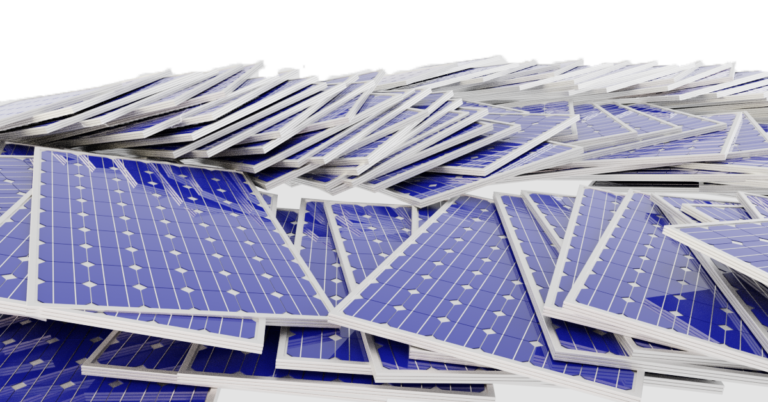
As solar continues to increase its share of global energy production, people are starting to wonder what we’ll do with all the panels when they reach their end of life. How big a problem will this become?
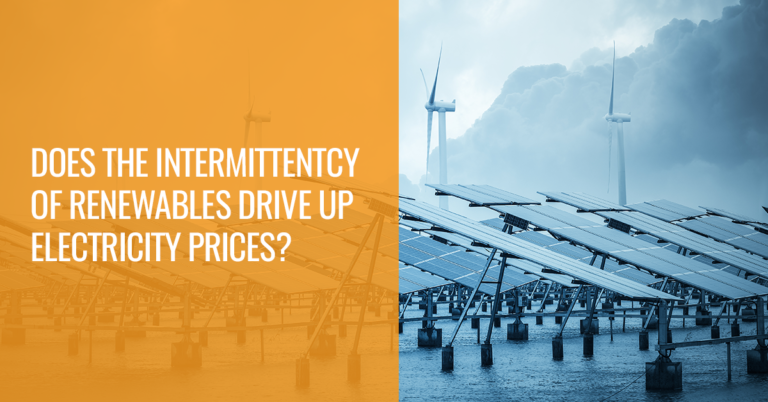
Energy from the wind and sun is intermittent and often unpredictable. Critics point to this as the fatal flaw of renewable energy and the reason electricity prices rose in places aggressively adopting it. Is this true?

Will growing demand for solar panels put pressure on commodity supply chains, driving up costs, and even disrupting other industries? Not even close.
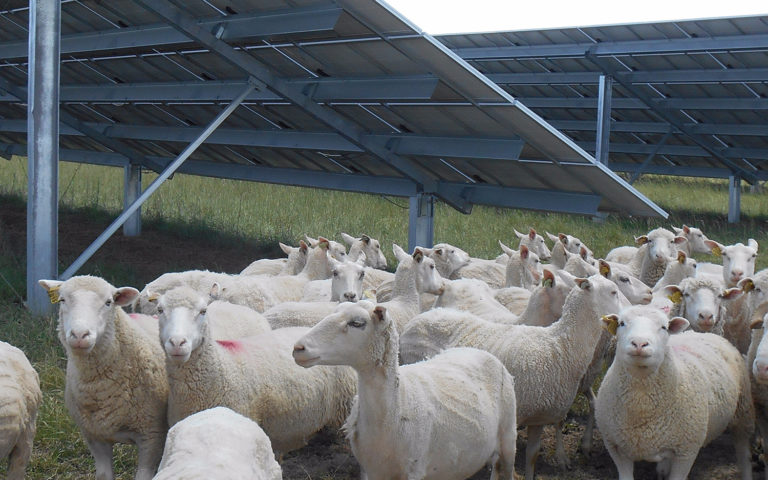
As solar power continues its rapid growth, will its large land requirements crowd out land otherwise needed for agriculture, farms, and pastures?

This is the second in our series. See part 1 here: Myth busting the crazy politics of clean energy: Is Solyndra proof that the US shouldn’t
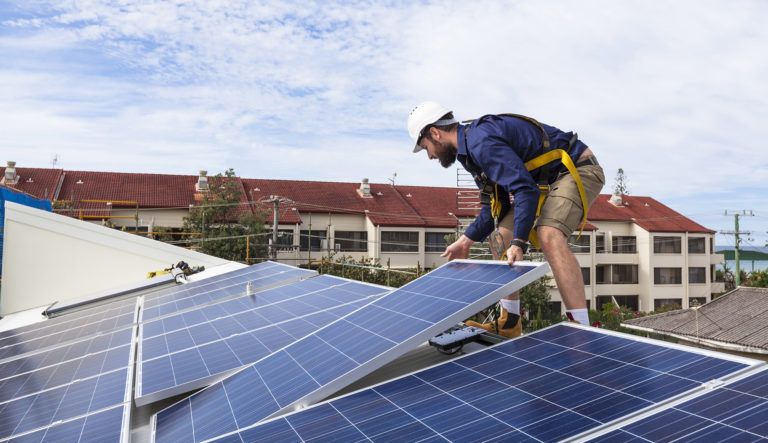
Will your neighbor’s solar panels make your electric bill higher? We take a look at the research, data, and regulatory options behind the growing debate on the real cost impact of rooftop solar.
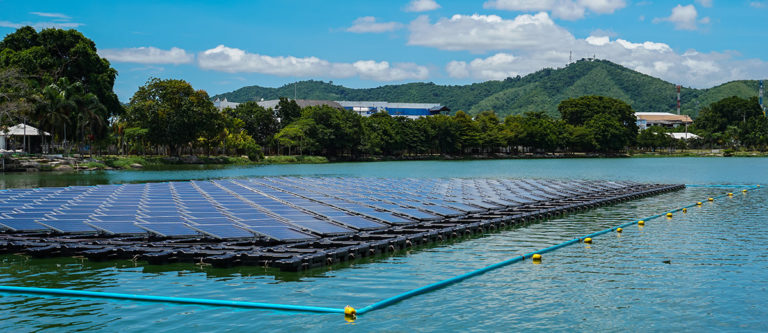
Renewable energy technologies like solar, hydro, and wind require a lot of land. But, how does their impact compare to coal, nuclear, and natural gas?
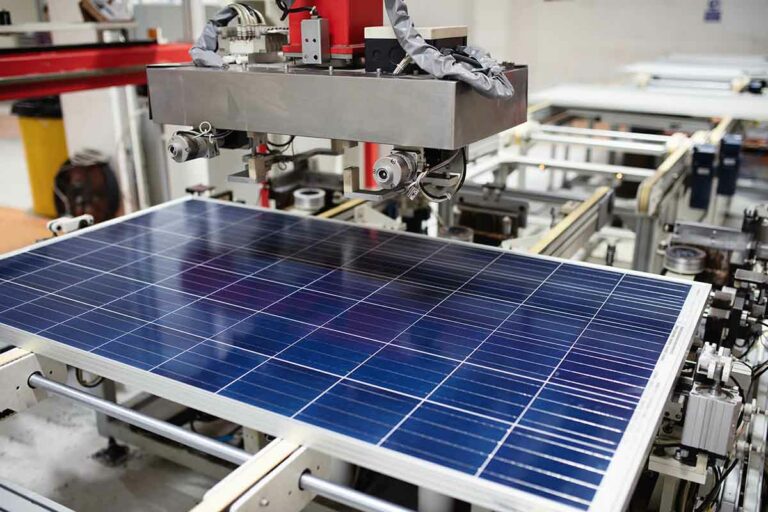
The truth is that solar panels are made almost entirely with abundant, earth-friendly materials like glass, aluminum, copper, and silicon. However, as the market for
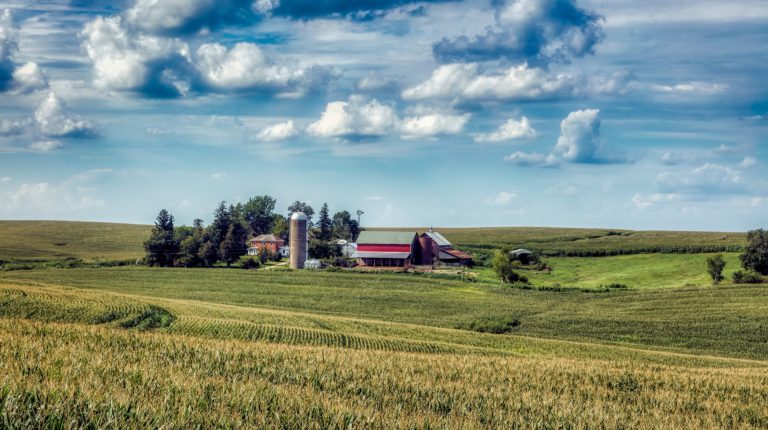
Corn is the #1 crop grown on US farms. Most of it is used to make gasoline-additive ethanol. Solar is the much smarter option.
Bill Nussey’s new book, Freeing Energy, devotes an entire chapter to debunking common myths and misunderstandings around renewable and local energy. You can learn more by reading Chapter 8, The Battle for Public Opinion.
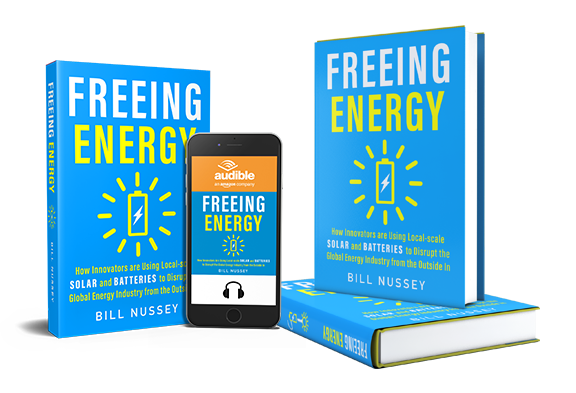
© 2021 All rights reserved